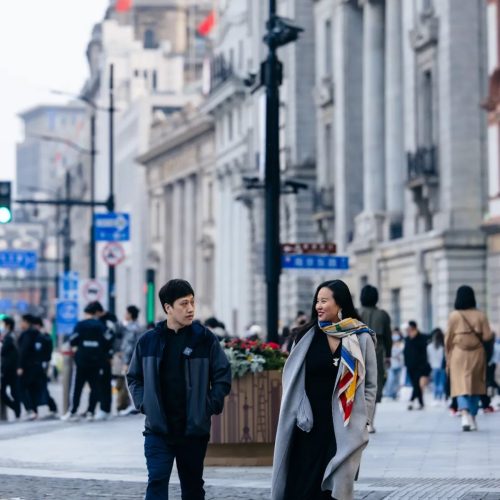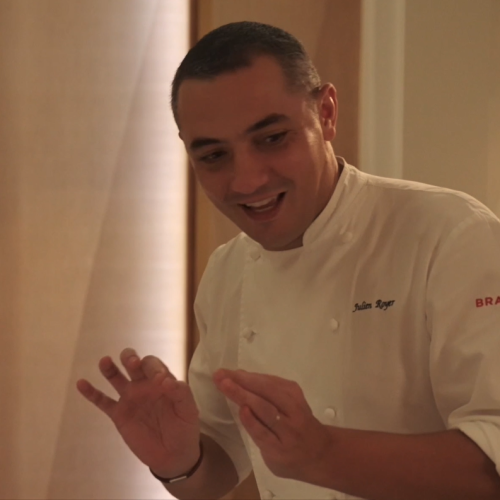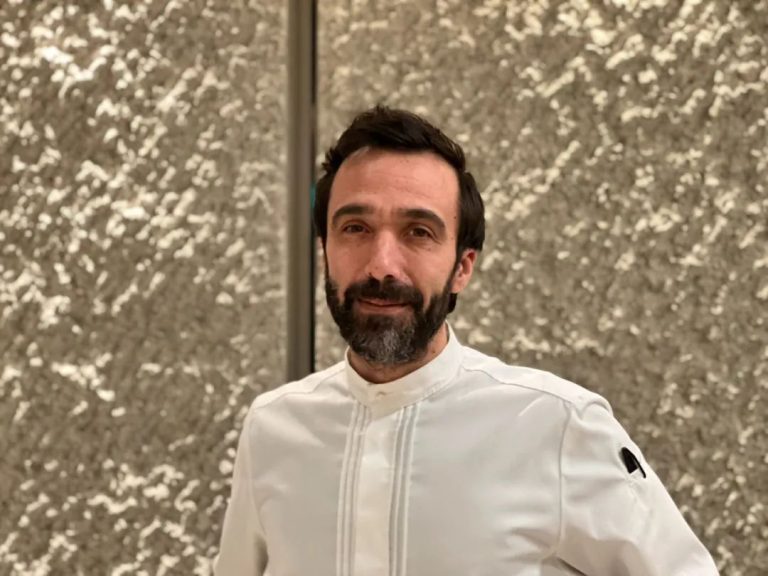
Esquisse, meaning “sketch” in French, is more than a name. An artistic theme runs throughout Esquisse, from the bright and airy decor through to the elegant presentation that seems to bear the poetic come and go of things. Opened in Tokyo’s luxury Ginza district in 2012, Esquisse was awarded two Michelin stars five months after opening. Deeply influenced by Japanese philosophy, Lionel Beccat’s cooking is about changing the way of thinking and creative growth, leaving guests to define his dishes. For me, Esquisse is undoubtedly one of the iconic restaurants to visit in Tokyo.
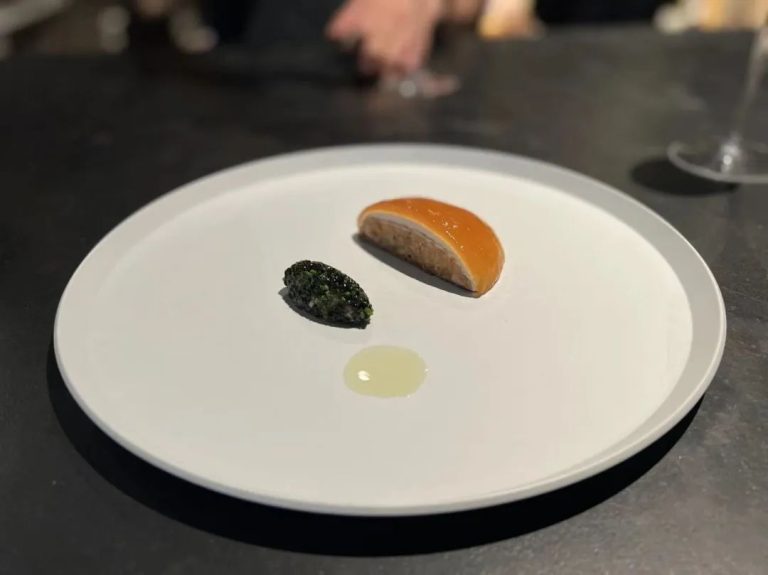
Kawate is clear in his goals and bold in his approach, especially in the early focus on sustainability before the market took it as a trend. His signature 'sustainability beef' carpaccio is taken from the meat of mature, 13-year-old breeding cows from Takasaki, which was an avant-garde dish at the time. Now Kawate's pursuit of sustainability is even more evident. Not the first of its kind in Japan, Florilège is an intimate experience set around a counter where the chefs cook everything right in front of the guest, with full attention to detail to provide top-notch hospitality. The space is far more spacious than it looks in the photos. It is a theatrical ringside setting where the chef is the star of the show.
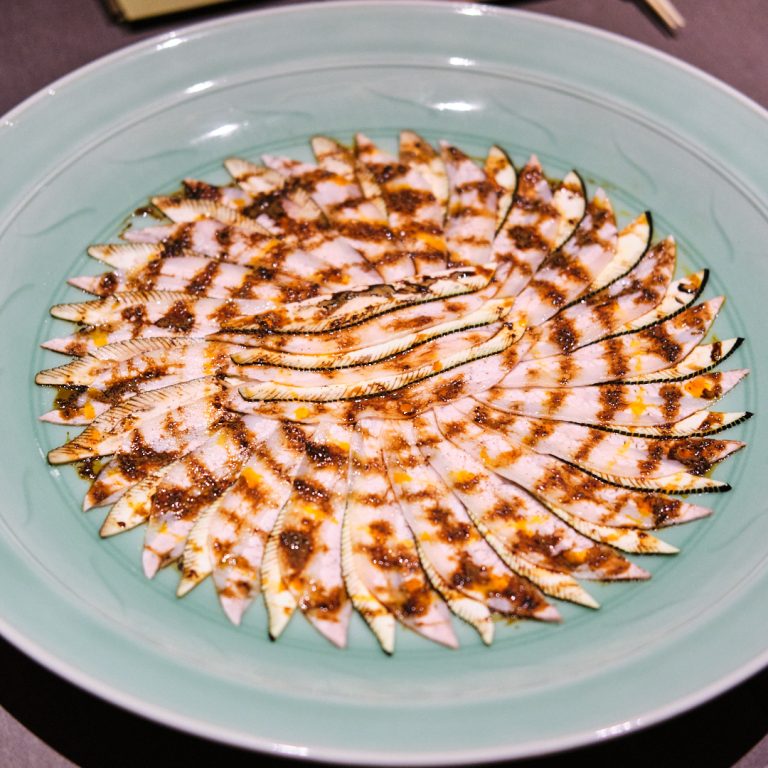
Kawada says, Japanese cuisine is about water and Chinese cuisine is about fire. The combination of the two is perfectly interpreted at Sazenka, where Chinese cuisine and kaiseki cuisine meet. He reinterprets Chinese flavours with sublime colours and impeccable aromas, imbued with warm hospitality and authenticity.
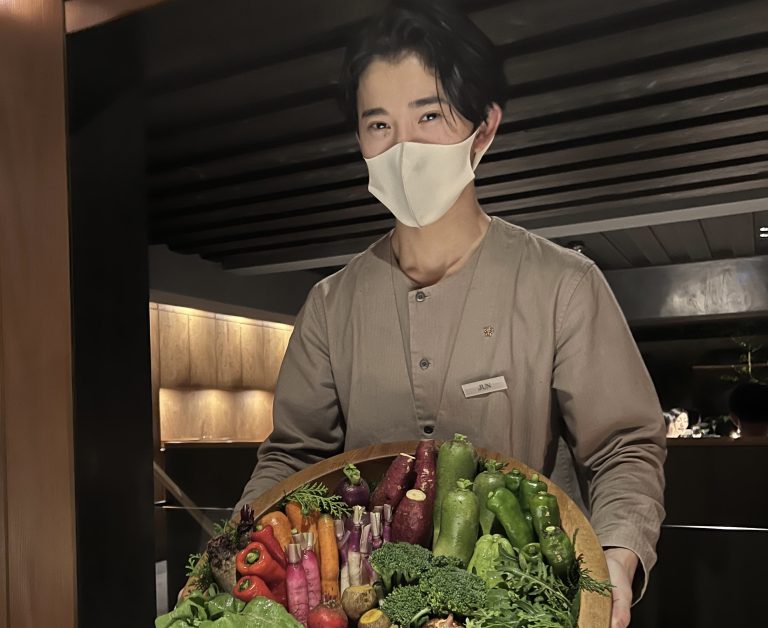
Having studied Politics of developing countries at Keio University - one of the top private universities in Japan - Chef Namae came to the culinary world with critical thinking and a philosophical mind. Apart from playing rock music and wanting to become a journalist, he worked in Hokkaido, South France and The Fat Duck in the UK before finally opening his own restaurant which was destined to be special.
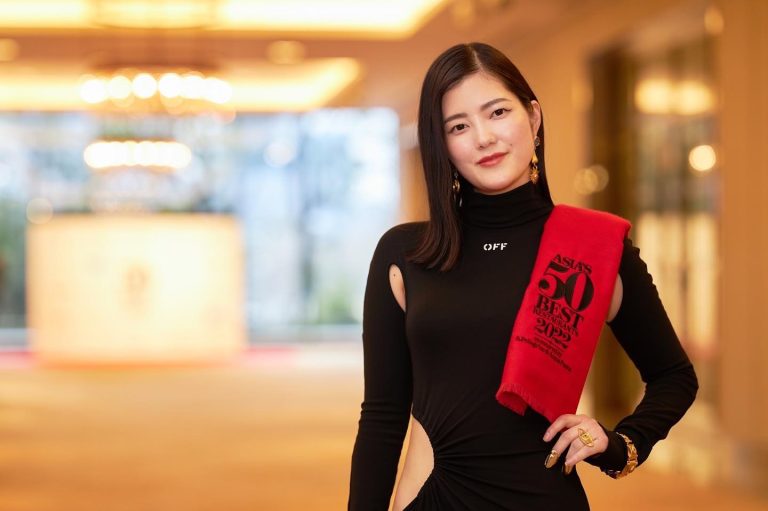
Natsuko Shoji is only 33 years old. She started training as a pastry chef at Michelin-starred Le Jeu de l’Assiette in Daikanyama before working at the two-Michelin-starred Florilège for three years when she became its sous chef and decided to start her own business in 2014. Her mango cakes were an instant success and soon she opened her private table restaurant, initially catering up to four people before expanding to cater six by the end of 2019. I first met her in Hong Kong when I tasted her mango cake. She has mentioned in the press that many of her creative inspirations come from art and fashion brands, and she has indeed developed her own brand, or is at least a trendsetter, in the culinary scene.
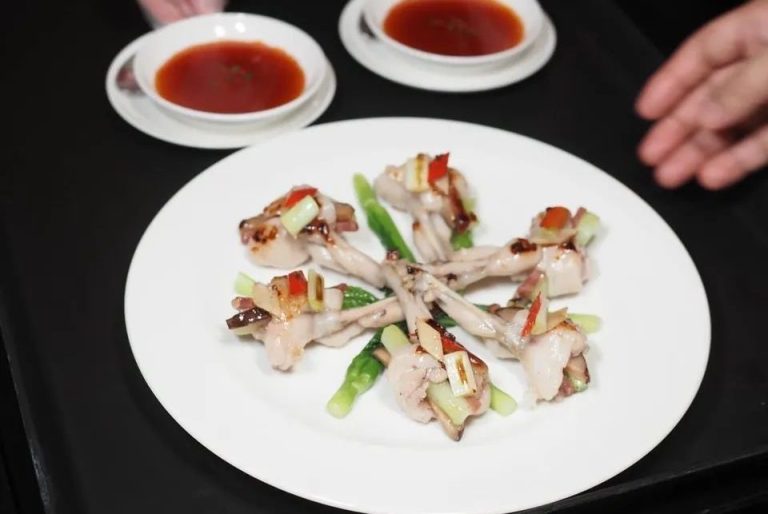
When I returned to Taiwan earlier and stayed at Grand Formosa Regent Taipei, I had a chance to catch up with my friends for lunch so I specifically chose Silks House, a Michelin Guide Cantonese cuisine restaurant on the third floor of the hotel.
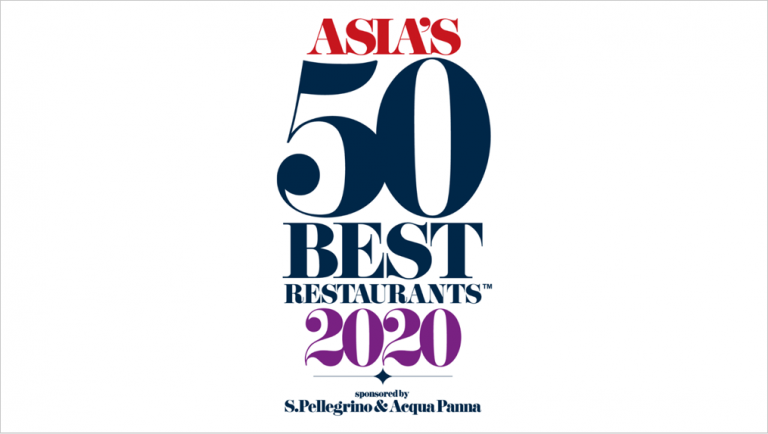
The organiser of Asia’s 50 Best Restaurants and Saga Prefecture have together taken the reluctant decision to cancel this year’s on-site event programme in Japan. After consultation with The Governor of Saga Prefecture, 50 Best feels it has no alternative but to reformat the awards ceremony and related events on this occasion.
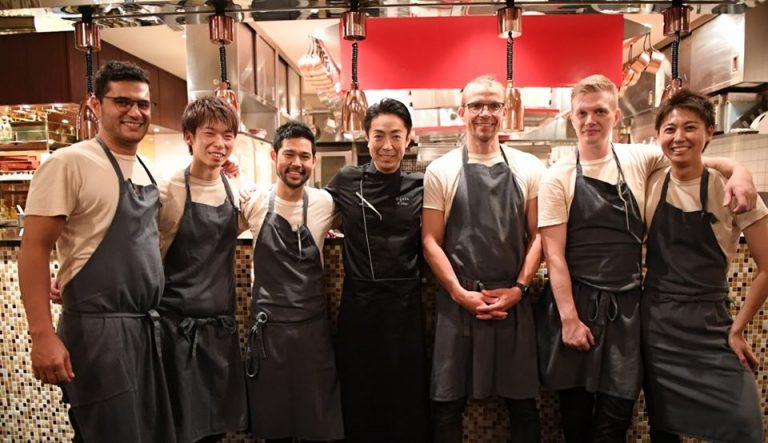
INUA opened last year with financial support from Kadokawa Shoten. And with only one year passing, INUA now has received the Michelin two-star accolade...









